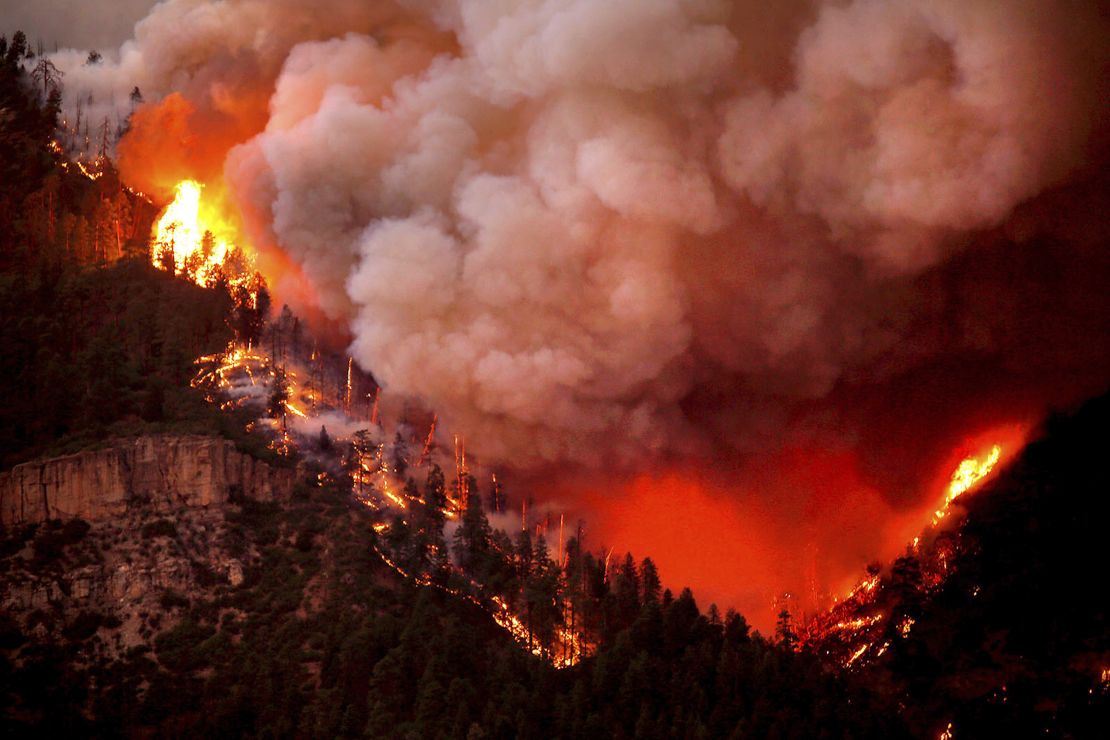The fish population in the Animas River in southwest Colorado has suffered a massive loss following a wildfire from June 2018: It’s down about 80%.
That’s the assessment of the Colorado Parks & Wildlife, which conducted a full-scale survey last week to get a picture of how much the river was affected by the 416 Fire.
The wildfire scorched an estimated 54,000 acres of land in the Hermosa Creek watershed. Following the fire, heavy rain hit the region – and that led to a runoff filled with ash that suffocated fish in the river.

The survey showed there were just 28 pounds of trout per acre – a sizable drop off from the historical average of 78 pounds per acre.
There was also only one 14-inch fish found per acre, which is down from the historical average of 22 per acre.
There’s some good news though
However, despite the significant drop off, there are some promising signs.
Heavy snow during the winter led to a sustained runoff in the spring and summer that cleaned the river bottom, which is home to a lot of fish and the food they eat. There was also a record number of native bluehead suckers that were caught, which more than quadrupled the numbers reported in 2016.
While the portion of the Animas River that was designated as a Gold Medal fishery – a designation awarded to creeks and rivers that provide great fishing opportunities – won’t lose its gold medal designation, it will be a few years before it returns to that status.
“The river will not lose it’s gold medal designation. That is a long process that requires several years of data collection,” CPW official Joe Lewandowski tells CNN.
In order to get the Animas River back to Gold Medal status, CPW will continue to have to stock the river with fish.
As trout are unable to reproduce naturally in the Animas river since there are old mines that drain heavy metals into the water upstream, fish are raised in a local hatchery and used to stock the river, according to CPW.
An estimated 5,000 to 10,000 fish are added every year.


